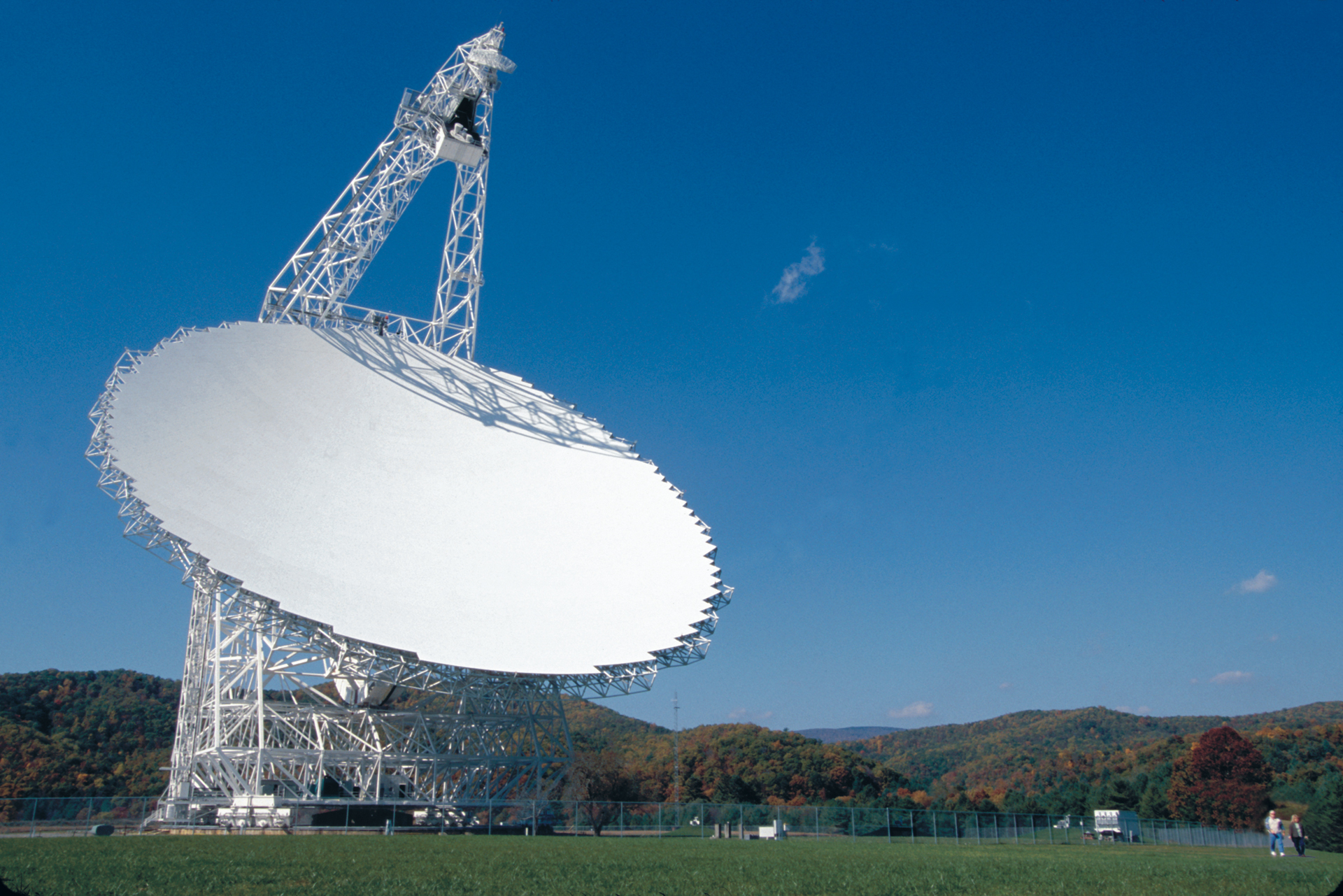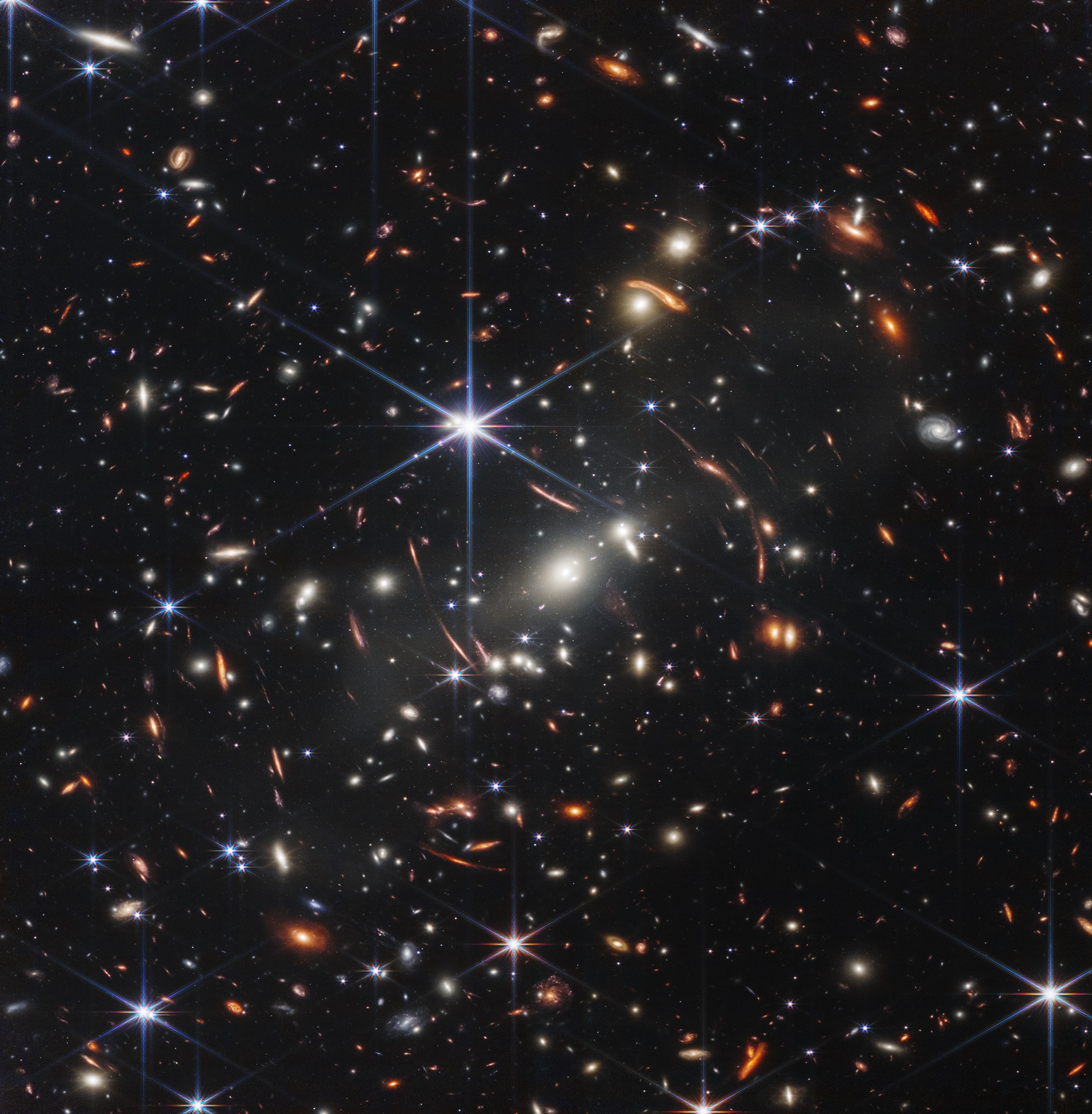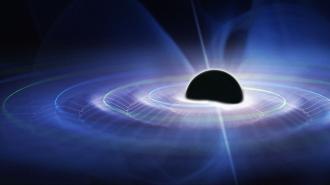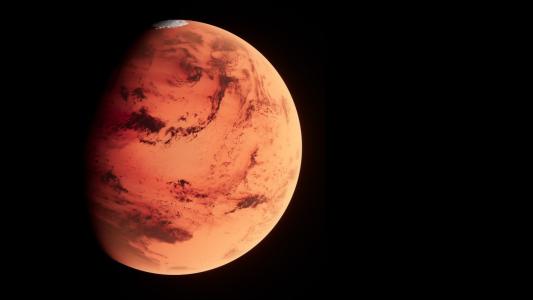An international team of astronomers has detected a faint signal of gravitational waves reverberating through the universe. By using dead stars as a giant network of gravitational wave detectors, the collaboration – called NANOGrav – was able to measure a low-frequency hum from a chorus of ripples of spacetime.
I’m an astronomer who studies and has written about cosmology, black holes and exoplanets. I’ve researched the evolution of supermassive black holes using the Hubble Space telescope.
Though members of the team behind this new discovery aren’t yet certain, they strongly suspect that the background hum of gravitational waves they measured was caused by countless ancient merging events of supermassive black holes.
Using dead stars for cosmology
Gravitational waves are ripples in spacetime caused by massive accelerating objects. Albert Einstein predicted their existence in his general theory of relativity, in which he hypothesized that when a gravitational wave passes through space, it makes the space shrink then expand periodically.
Researchers first detected direct evidence of gravitational waves in 2015, when the Laser Interferometer Gravitational-Wave Observatory, known as LIGO, picked up a signal from a pair of merging black holes that had traveled 1.3 billion light-years to reach Earth.
The NANOGrav collaboration is also trying to detect spacetime ripples, but on an interstellar scale. The team used pulsars, rapidly spinning dead stars that emit a beam of radio emissions. Pulsars are functionally similar to a lighthouse – as they spin, their beams can sweep across the Earth at regular intervals.
The NANOGrav team used pulsars that rotate incredibly fast – up to 1,000 times per second – and these pulses can be timed like the ticking of an extremely accurate cosmic clock. As gravitational waves sweep past a pulsar at the speed of light, the waves will very slightly expand and contract the distance between the pulsar and the Earth, ever so slightly changing the time between the ticks.
Pulsars are such accurate clocks that it is possible to measure their ticking with an accuracy to within 100 nanoseconds. That lets astronomers calculate the distance between a pulsar and Earth to within 100 feet (30 meters). Gravitational waves change the distance between these pulsars and Earth by tens of miles, making pulsars easily sensitive enough to detect this effect.

Finding a hum within cacophony
The first thing the NANOGrav team had to do was control for the noise in its cosmic gravitational wave detector. This included noise in the radio receivers it used and subtle astrophysics that affect the behavior of pulsars. Even accounting for these effects, the team’s approach was not sensitive enough to detect gravitational waves from individual supermassive black hole binaries. However, it had enough sensitivity to detect the sum of all the massive black hole mergers that have occurred anywhere in the universe since the Big Bang – as many as a million overlapping signals.
In a musical analogy, it is like standing in a busy downtown and hearing the faint sound of a symphony somewhere in the distance. You can’t pick out a single instrument because of the noise of the cars and the people around you, but you can hear the hum of a hundred instruments. The team had to tease out the signature of this gravitational wave “background” from other competing signals.
The team was able to detect this symphony by measuring a network of 67 different pulsars for 15 years. If some disruption in the ticking of one pulsar was due to gravitational waves from the distant universe, all the pulsars the team was watching would be affected in a similar way. On June 28, 2023, the team published four papers describing its project and the evidence it found of the gravitational wave background.
The hum the NANOGrav collaboration found is produced from the merging of black holes that are billions of times more massive than the Sun. These black holes spin around one another very slowly and produce gravitational waves with frequencies of one-billionth of a hertz. That means the spacetime ripples have an oscillation every few decades. This slow oscillation of the wave is the reason the team needed to rely on the incredibly accurate timekeeping of pulsars.
These gravitational waves are different from the waves LIGO can detect. LIGO’s signals are produced when two black holes 10 to 100 times the mass of the Sun merge into one rapidly spinning object, creating gravitational waves that oscillate hundreds of times per second.
If you think of black holes as a tuning fork, the smaller the event, the faster the tuning fork vibrates and the higher the pitch. LIGO detects gravitational waves that “ring” in the audible range. The black hole mergers the NANOGrav team has found “ring” with a frequency billions of times too low to hear.

Giant black holes in the early universe
Astronomers have long been interested in studying how stars and galaxies first emerged in the aftermath of the Big Bang. This new finding from the NANOGrav team is like adding another color – gravitational waves – to the picture of the early universe that is just starting to emerge, in large part thanks to the James Webb Space Telescope.
A major scientific goal of the James Webb Space Telescope is to help researchers study how the first stars and galaxies formed after the Big Bang. To do this, James Webb was designed to detect the faint light from incredibly distant stars and galaxies. The farther away an object is, the longer it takes the light to get to Earth, so James Webb is effectively a time machine that can peer back over 13.5 billion years to see light from the first stars and galaxies in the universe.
It has been very successful in the quest, having found hundreds of galaxies that flooded the universe with light in the first 700 million years after the big bang. The telescope has also detected the oldest black hole in the universe, located at the center of a galaxy that formed just 500 million years after the Big Bang.
These findings are challenging existing theories of the evolution of the universe.
It takes a long time to grow a massive galaxy. Astronomers know that supermassive black holes lie at the center of every galaxy and have mass proportional to their host galaxies. So these ancient galaxies almost certainly have the correspondingly massive black hole in their centers.
The problem is that the objects James Webb has been finding are far bigger than current theory says they should be.
These new results from the NANOGrav team emerged from astronomers’ first opportunity to listen to the gravitational waves of the ancient universe. The findings, while tantalizing, aren’t quite strong enough to claim a definitive discovery. That will likely change, as the team has expanded its pulsar network to include 115 pulsars and should get results from this next survey around 2025. As James Webb and other research challenges existing theories of how galaxies evolved, the ability to study the era after the Big Bang using gravitational waves could be an invaluable tool.
This article is republished from The Conversation under a Creative Commons license. Read the original article.





